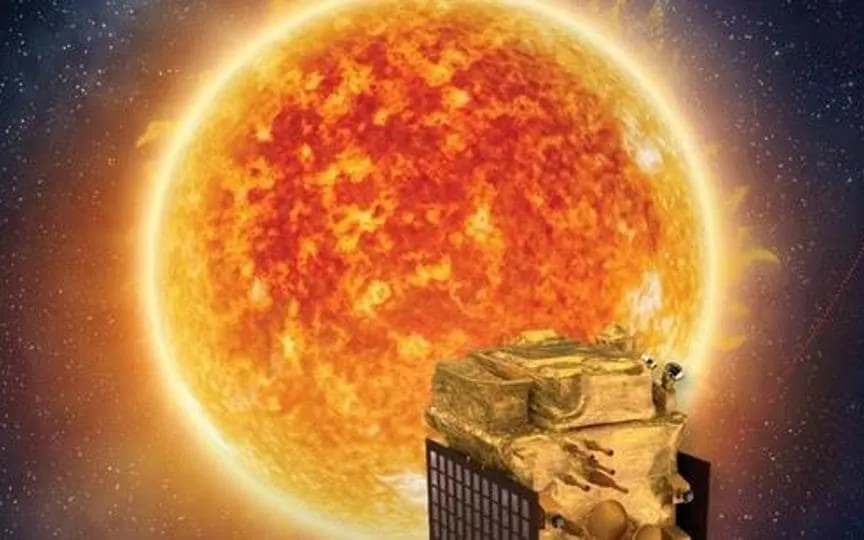Competition for Solar Exploration Intensifies: A Look at Various Solar Missions
With the Indian Space Research Organisation preparing to launch its solar mission Aditya-L1 on September 2, here are a few significant missions conducted by various space agencies worldwide that delve into the exploration of the Sun.
US:
The US space agency National Aeronautics and Space Administration (NASA) launched the Parker Solar Probe in August 2018. In December 2021, Parker flew through the Sun’s upper atmosphere, the corona, and took samples of particles and magnetic fields there. According to NASA’s official website, this was the first time a spacecraft touched the sun.
In February 2020, NASA joined hands with the European Space Agency (ESA) and launched the Solar Orbiter to collect data to determine how the Sun created and controlled the ever-changing space environment throughout the Solar System.
NASA’s other active solar missions include the Advanced Composition Explorer, launched in August 1997; Solar Terrestrial Relations Observatory in October 2006; Solar Dynamics Observatory in February 2010; and the Interface Region Imaging Spectrograph was published in June 2013.
Additionally, in December 1995, NASA, ESA and JAXA (Japan Aerospace Exploration Agency) jointly launched the Solar and Heliospheric Observatory (SOHO).
Japan:
The Japanese space agency JAXA launched its first solar observation satellite, Hinotori (ASTRO-A), in 1981. According to JAXA’s official website, the goal was to study solar flares with hard X-rays.
JAXA’s other solar probes are Yohkoh (SOLAR-A), launched in 1991; SOHO (jointly with NASA and ESA) in 1995; and the Transient Region and Coronal Explorer (TRACE) with NASA in 1998.
In 2006, Hinode (SOLAR-B) was launched, the successor to Yohkoh (SOLAR-A), an orbiting solar observatory. It was published by Japan in cooperation with the United States and Britain. The objective of the observatory satellite Hinode is to study the effect of the Sun on the Earth.
Europe:
In October 1990, ESA launched Ulysses to study the space environment above and below the Sun’s poles. ESA launched Proba-2 in October 2001, apart from the solar missions launched in cooperation with NASA and JAXA.
Proba-2 is the second part of the Proba series, building on the nearly eight-year success of Proba-1, although Proba-1 was not a solar exploration mission.
On-Board Proba-2 consisted of four experiments, two of which were solar observation experiments.
Proba is short for Project for On-Board Autonomy. ESA’s future solar missions include Proba-3, scheduled for 2024, and Smile, scheduled for 2025.
China:
The National Space Science Center of the Chinese Academy of Sciences (CAS) successfully launched the Advanced Space-based Solar Observatory (ASO-S) on October 8, 2022.




